| Tire Forge
Tire chains are a necessity in cold and hilly regions where even the best of snow tires fail to grip the snow-covered roads. Not only in snowy regions but many areas with challenging slippery terrain also require tire chains.
The tire chains help grip the road by clawing onto the ice, mud, or snow-covered tarmac, and by doing so, the vehicle gains forward momentum.
Without a tire chain, the vehicle would spin its wheels without moving forward.
In some snowy regions of the north, it is mandatory by law to have snow chains in the vehicle in case the weather turns extreme.
Page Contents
A tire chain isn’t just a simple chain that goes around the tires. It consists of a side chain, a cross-chain, and tire links for the entire setup to work properly.
The Sidechain or, the link chain helps connect the links and the cross-chain. It forms the framework of the entire tire chain.
2. Cross chainThe cross-chain goes around the tire and looks very different from a typical chain. That is because the cross chain’s job is to provide traction so the vehicle can move forward. The cross-chain comes in contact with the tire and road.
3. LinksLinks are the blocks that make up the cross-chain. These individual pieces connect to make a cross-chain.
A link is designed to grip the road and the tire to enable traction on icy/ snowy roads. Links can be studded links, V-Bar links, or net links based on the size of the vehicle and nature of use.
How do I know what tire chains I need?Using the correct size tire chains is the key to making them work properly. However, one must first check if tire chains can be used on their vehicle.
However, one must first check if tire chains can be used on their vehicle.
If there are restrictions on tire chain usage, it could be indicative of a reduced space between the tires and the vehicle body. In such instances, the usage of tire chains is not recommended.
Take a look at your old tires to determine the correct size. The image shown in this example indicates your tire’s specs as well as what they mean.
Tire width can be known by checking the sidewall of the tire. Manufacturers offer all the information about tire sizes and the specification. For the measurements, one could find a fraction number on the tire wall in large font.
For example, if the size of a tire is 185/70- 15. The numerator factor of the fraction in this case, which is 185 is the width of the tire in millimeters.
The aspect ratio is the ratio of the overall ratio of the height of the sidewall compared to the width. The higher the number, the thicker the sidewall of a tire is and vice versa.
This information can be found in the same fraction number as mentioned earlier.
For example, if the size of a tire is 185/70- 15. The denominator factor of the fraction in this case, which is 70, is the aspect ratio of the tire in millimeters.
3. Wheel DiameterThe wheel diameter can be termed as the length of an imaginary straight line that passes through the wheel from one end to the other.
This information too can be found on the sidewall of a tire. It is crucial to know the diameter when buying snow chains.
For example, if the size of a tire is 185/70- 15. Number 15 in this case is the diameter of the wheel in inches.
One needs the tire width, aspect ratio, and wheel diameter information to choose snow chains of the correct size.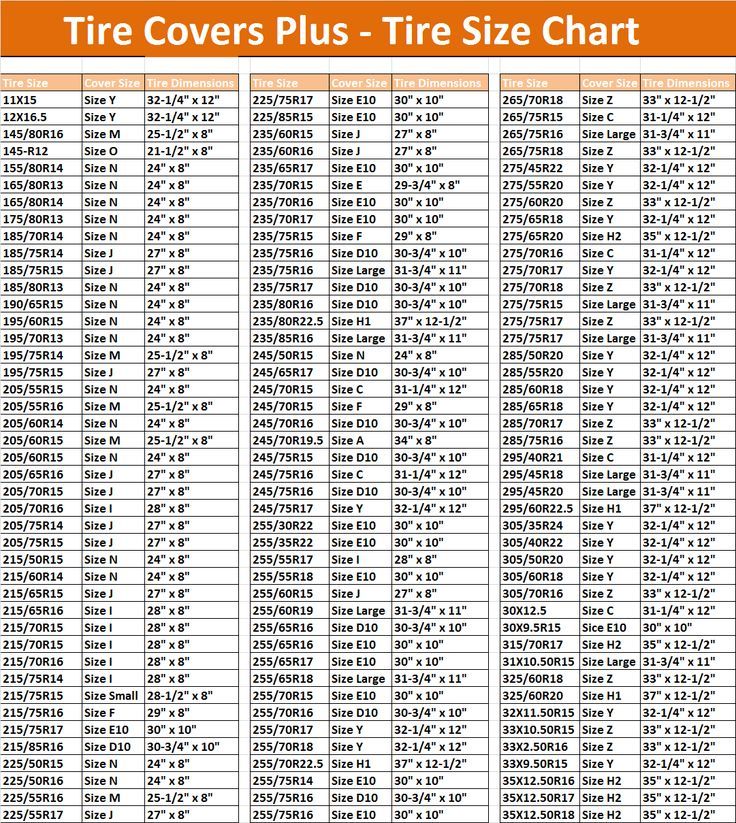
Sometimes, the type of vehicle can also influence the tire chain’s compatibility. If the car is a medium-sized sedan, it may need chain links of a particular kind to tackle ice, mud, or snow.
On the other hand though, if the vehicle in question is a large heavy pickup truck that finds itself often on hilly unpaved terrain in winters.
Then a different type of snow chain with suitable links would be compatible as compared to the tire chains for a medium-sized sedan.
Choosing Compatible Tire ChainsWhile it is important to choose the right size tire chain, one should also ensure the kind of activity the tire chain is used for.
Tire chains come for many applications and a variety of vehicles, hence one must choose the right tire chain.
To go a little deeper, tire chains can differ from vehicle to vehicle despite the size remaining the same. An off-roader would need a different type of tire chain when compared to a small hatchback that performs city duties.
On the other hand, the purpose of the task and terrain the tire chains are going to be used for also make a huge difference.
There are specific tire chains for deep snow driving, for driving on icy roads, chains for mud use, chains for light snow driving, etc.
We suggest one determines the tire size of their vehicle, the application for vehicle use, and the kind of terrain the vehicle would be used on. These details would help in choosing the right tire chains.
Do tire chains have to be of an exact size?Yes, we suggest the tire chains be of the same size as the tires so that they fit perfectly.
A loose tire chain may easily come off and be ineffective. On the other hand, a tight tire chain could easily break or snap off under stress.
Tire chains of the exact size prove to be more reliable over time. Since they are used in extreme conditions, incorrect sized tire chains could lead to one being stranded in extreme conditions, sometimes even in remote areas.
Lay the chains entirely next to the wheels that receive engine power/ drive. Ensure that the parking brake is engaged.
The Tines on the chain must face upwards. You may then drape the chains on the wheels with caution and precision until 3/4th of the tire is covered.
Tuck the ends of the chain under the tire.
Step 2: Connect & Join Both EndsDrive forward by about two feet to bring the tucked part of the chain on top. Ensure the links are in place. Connect and join both ends of the chain using the anchor system.
Step 3: Expect Chains for Broken Links or TanglesInspect to ensure that the chain is evenly installed and is tightened from all sides. Even alignment along the sidewall and a snug fit is key to installing the chains properly. Make necessary adjustments after inspection.
Step 4: Tighten for Snug FitDrive for about 100- 150 feet and then stop again to inspect the chains. This should give you an idea of how tight the chains are. If found loose, they need to be tightened.
This should give you an idea of how tight the chains are. If found loose, they need to be tightened.
Once the corrections are done, the vehicle can be driven with the chains under specified speed limits.
Front-wheel or rear wheel?Ideally, the wheels that get the drive from the engine need to be chained since they would require the most amount of traction. If the vehicle is an all-wheel-drive vehicle, all four wheels can be chained.
Final ThoughtsWhile choosing the right chain in terms of size and function isn’t rocket science, one needs to be careful in making the correct purchase decision to be worry-free in difficult situations, and for that, it is important to have the correct size tire chains.
Thanks for reading our article! We've written this article with a lot of thought and care. If you're interested in seeing more of our content, please check out our Tires section and find an answer to your questions!
Tire chains can improve your vehicle’s traction in ice and snow.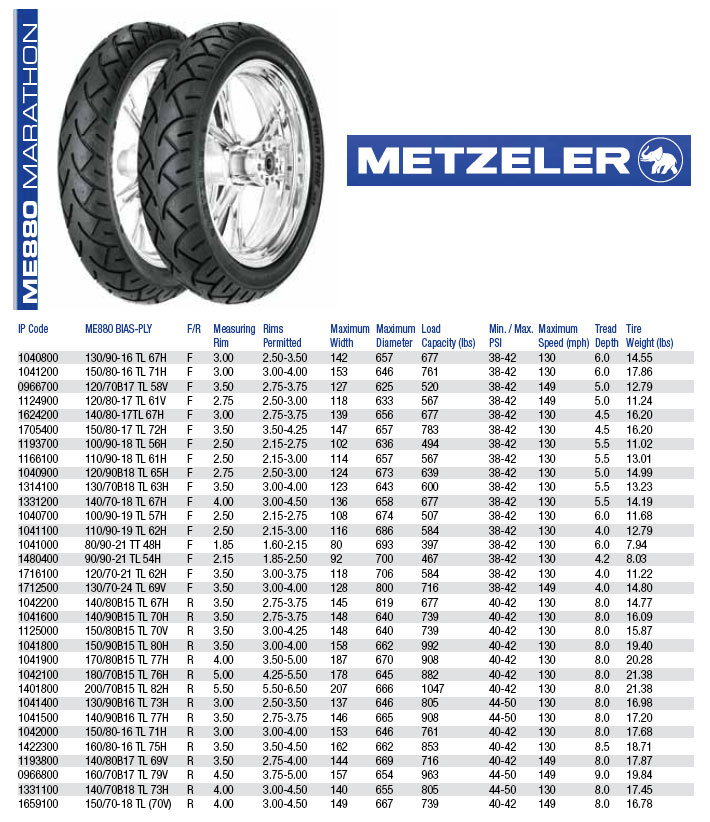 But what size of tire chains do you need for your tires? Well, the answers are right here.
But what size of tire chains do you need for your tires? Well, the answers are right here.
Are tire chains universal? Can you use any tire chain that you come across? What size of tire chains should you purchase for your vehicle?
Tire chains are designed to fit different tire sizes. Therefore, the size you should buy will depend on your vehicle’s tire size. The tire size is usually indicated on the tire’s sidewall, looking something like 175/65R/14. You will then buy tire chains that correspond to this number.
If you are in the market for tire chains, you may be wondering which size to choose for your tires. Well, this guide has all the information that you need. In this article, we will share tips for choosing the right size of tire chains for your tires.
We are committed to publishing well-researched, informative, helpful and high-quality articles. And we have an editorial team of seasoned professionals, drawn from various fields and industries, to enable us to meet this goal. Therefore, you can be assured you are getting your information from a trustworthy source.
Therefore, you can be assured you are getting your information from a trustworthy source.
When winter comes around, most drivers will swap their all-season or summer tires with their set of winter tires. But, as much as winter tires may provide you with some much-needed traction, it may not be enough, especially if you live in areas that experience dense, heavy snowing during the winter months.
And this is where tire chains come in. Tire chains will bite deep into heavy snow, ice, and slush, thus providing your vehicle with that extra traction it needs to pull through while ensuring you arrive safely at your destination.
However, if you’ve never purchased a set of tire chains before, you may be wondering about which size to choose for your tires. Well, this article will walk you through everything that you need to know about tire chains as well as how to choose the right size for your vehicle.
About Tire ChainsSo, what exactly are tire chains? Well, tire chains are more of a chain system, which has been designed to cover your vehicle’s wheel or tire setup. When properly installed, this chain system will help to enhance your vehicle’s grip and traction in snowy conditions.
When properly installed, this chain system will help to enhance your vehicle’s grip and traction in snowy conditions.
Also, tire chains can help your vehicle to navigate through frozen surfaces such as ice-covered roads. So, if you live in a mountainous region or any area that experiences heavy snowing or ice-covered roads during the winter months, then tire chains will come in handy.
Also, some states may require drivers to install them in case inclement weather makes it unsafe or dangerous to drive using the ordinary tire and wheel setup. Some of the states where drivers may be required to install tire chains on their vehicles include Colorado, Oregon, Nevada, Washington, and California. Usually, road signs will be put up requiring drivers of certain vehicles to carry tire chains and when to use them.
When shopping for tire chains for your vehicle, you will come across numerous designs out there. For instance, you may come across a particular design, which usually covers the tread pattern of the tire.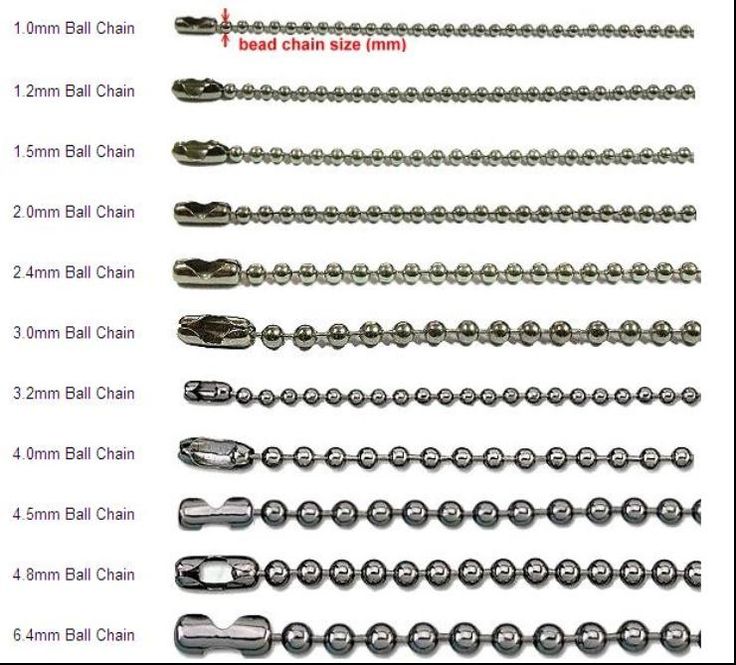 This one is usually mounted to the wheel. Another design wraps around the tires. This design is usually fastened using tensioners.
This one is usually mounted to the wheel. Another design wraps around the tires. This design is usually fastened using tensioners.
Tire chains usually wrap around tires’ tread. However, they latch on the tires tightly, thus preventing any slippage. When installed on the wheel set-up, they will grip the road, thus enabling the tires to deliver better traction in snowy conditions and frozen surfaces. In short, they will give your vehicle enhanced traction and better handling in inclement weather.
Apart from enhancing a vehicle’s grip and traction on snowy and frozen surfaces, tire chains can also help to minimize wheel spin. Wheel spin usually occurs when the force supplied to the tire’s tread through the engine is bigger than the available tread-to-surface friction. As a result, the tire will lose friction, resulting in wheel spin.
However, while tire chains will significantly boost your vehicle’s grip and traction when driving in snowy and icy conditions, they usually come with various restrictions, depending on the state. For instance, in some areas, drivers are not allowed to exceed certain speed limits when using tire chains.
For instance, in some areas, drivers are not allowed to exceed certain speed limits when using tire chains.
Just like tires, tire chains come in different sizes. These different sizes are designed to fit the different sizes of tires out there. So, when it comes to buying tire chains, you need to make sure you choose the right size. And to ensure you choose the right size, you will first need to determine your tire sizes. Here are the steps to follow.
First, you will need to take a closer look at the side of your tires. Here, you will see a collection of some letters and numbers.
Second, you should identify and note down the first three numbers on the tire that have been grouped. These numbers usually follow a particular letter. If you are driving a passenger vehicle, then the three letters will follow the letter P, which denotes a passenger vehicle tire. The three numbers indicate the tire’s width in millimeters.
Third, note down the two numbers before the R and after the dash. These two numbers will indicate the tire’s width to height ratio.
Fourth, locate and note down the two numbers after the R. In most tires, these two numbers will represent the wheel diameter, which is usually indicated in inches.
Fifth, write down all these numbers together, separated by slashes or dashes. The numbers you’ve written down should resemble something like this 175/65R/14, depending on your tire sizes.
You will then visit a local auto supply store, hardware store or any other place where they may be selling tires and present this piece of paper. The store attendant will then retrieve the right tire chains according to your tire sizes.
Installing Tire ChainsAfter purchasing a set of tire chains based on your tire sizes, you can now proceed to install them. And, you don’t need complex tools or skills to install them. You only need the chains. Usually, tire chains come with mounting instructions on how to do it. So, you should encounter any issues with this process.
So, you should encounter any issues with this process.
However, before you proceed to install the chains, you should first check your vehicle’s wheel drive. If your vehicle is a front-wheel drive, then you should install the tire chains on the front wheels. On the other hand, if your vehicle is rear-wheel drive, then you will install the tire chains on the rear wheels.
And if you happen to have an all-wheel or four-wheel drive vehicle, you can install the chains on either the front, rear or all wheels.
After you’ve finished installing the tire chains, you should check they have been properly installed before you start driving. All the chains should run straight and tight around the tire sides. They shouldn’t be loose or misaligned. If you notice such an issue, you should first fix it before you start driving.
From there, you should then drive for around 100 feet at the side of the road. You should then check again whether there’s anything loose or they are misaligned.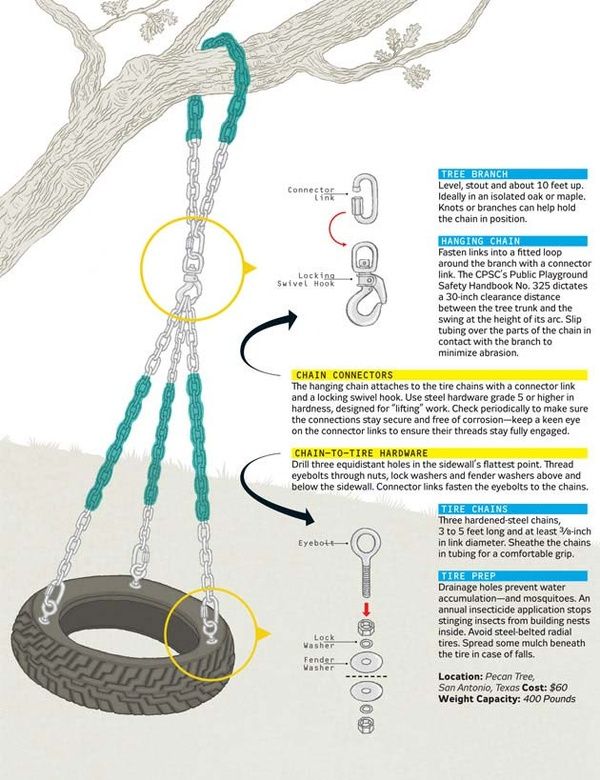 And if everything looks good, then you are ready to hit the road.
And if everything looks good, then you are ready to hit the road.
A reliable set of tire chains will come in handy during the months. They will help to boost your vehicle’s grip and traction on snow-covered roads and frozen surfaces. You just need to ensure you purchase the right size, depending on your tire size.
In Russia, car owners often face off-road conditions. To increase the cross-country ability of the car when overcoming difficult sections of the road, special devices are produced - snow chains. Despite the name, snow chains are not only intended for use in icy conditions.
Snow chains are designed to increase the patency of vehicles while driving on difficult road sections. They prevent wheel slippage and are used for driving in off-road conditions - on snow, ice, mud, as well as on loose, unstable soils. They are simple in design, very easy to use and can be used at any time of the year. It is not recommended to use snow chains on smooth paved roads, as this adversely affects the condition of the tires and the road surface.
Chains are matched to the wheel size and off-road type. These products can be used for cars, trucks, SUVs, forklifts and other types of vehicles. The package includes chains for two wheels.
Snow chains are chains adjacent to the sidewalls of the tire (longitudinal branches) connected to each other by transverse chain branches (lugs). The advantages of snow chains are maximum efficiency, compactness when removed, ease of installation. Installing snow chains on the two drive wheels takes 5 to 15 minutes.
Advantages of our products
First, is quality. Snow chains are manufactured in accordance with TU 4591-001-60692599-2013. For the manufacture of snow chains, a high-strength G80 chain is used, which guarantees the reliability and durability of the product.
First second , - ease of execution of snow chains. Thanks to the simple design of links and locks, even a beginner can put the chain on the wheel without any problems.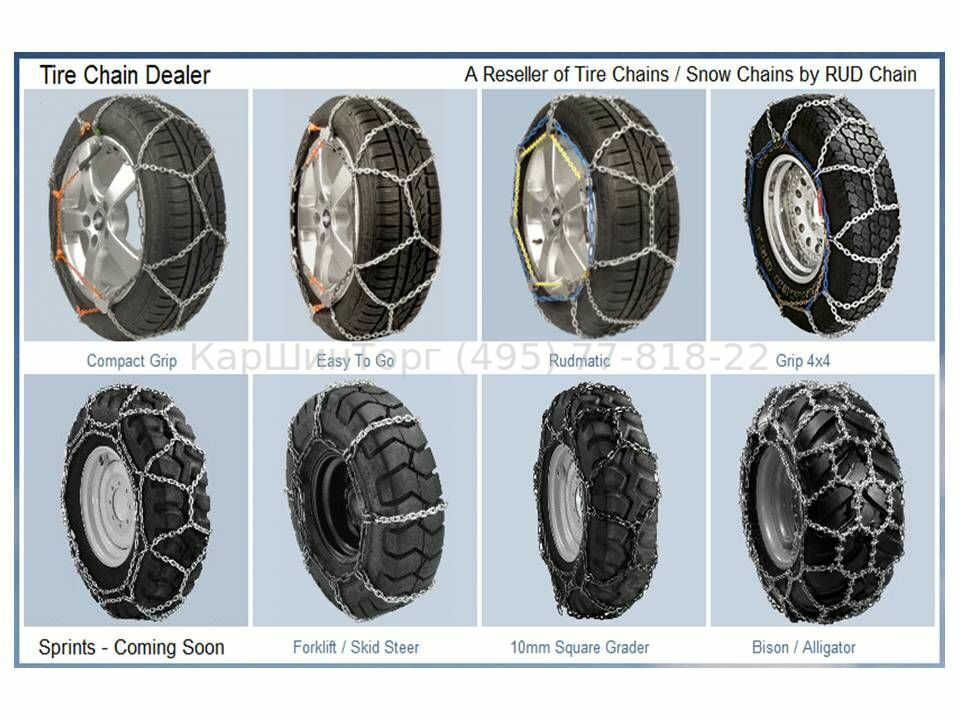
Third , - we manufacture a wide range of snow chains, single and twin sets of chains, as well as snow chains with various types of chain pattern: "ladder", "honeycomb", "zigzag", "snake" and their combinations on paired sets.
Fourthly , - domestic products are much cheaper than foreign counterparts. Thus, choosing snow chains for your vehicles from a domestic manufacturer, you not only get a reliable, high-quality product, but also save your money. All anti-skid chains are completed with passports, instructions for use and putting on the chain.

A chain is a flexible long product made up of links connected in series and movably. This ingenious invention of mankind in modern realities has not lost its former popularity and is widely used on ships, in ports, in logging, in cargo transportation, in production, in the mining industry, agriculture, everyday life, interiors and landscape design.
Chains are distinguished by purpose, design, material, link size, strength and many other features that determine the scope of their application. Among the huge variety of link structures, four main groups can be distinguished.
This group includes steel round link chains of normal strength with a caliber from 2 to 16 mm with welded links. They are manufactured in accordance with DIN 763, DIN 5685 Form C (long link) and DIN 766, DIN 5685 Form A (short link) from grade 2 mild steel.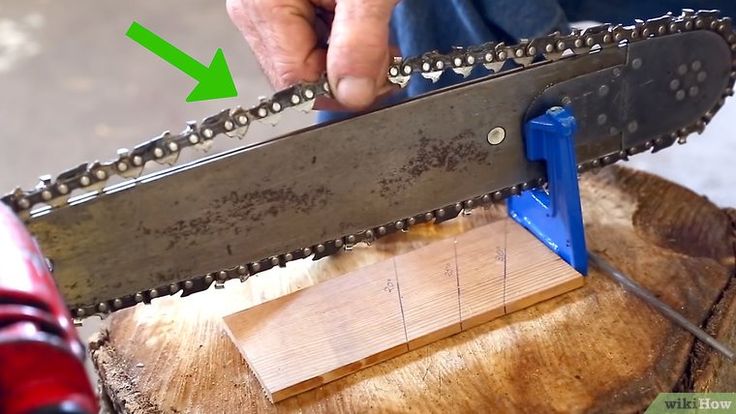 and non-lifting loads. In the household, they are used to tie animals, raise well water, make swings. Chain branches, consisting of long links, have better mobility, but are inferior to analogues with a short link in strength.
and non-lifting loads. In the household, they are used to tie animals, raise well water, make swings. Chain branches, consisting of long links, have better mobility, but are inferior to analogues with a short link in strength.
Comparison between short link and long link general purpose chain
These are products with quality class 2, 2.5, 3.5, 5, 7, 8, with a stress at a minimum breaking load of 240 to 800 N/mm². They go to the manufacture of chain slings and are used as part of various lifting and transport machines and mechanisms. With their help, overall and heavy loads are attached to water and land transport. They are mainly used with blocks and winches, for tying, suspension, lifting and holding loads; traction - for moving goods. Manufactured in accordance with GOST 2319or TU (manufacturer's internal standards).
This group includes high-strength hardened chains of class T(8) with a tensile strength at breaking load of 800 N/mm² and above. They are made from a round steel bar with a section diameter of 4 to 20 mm from high-alloy steel. The place of closure of the rings is welded by electric welding and processed from the burr. Finished products undergo high temperature quenching to improve load capacity, fatigue strength, resistance to abrasive materials and excessive friction. Calibration of each link guarantees high accuracy of shapes and sizes and allows them to be used for work on sprockets of load-lifting and traction devices. Technical requirements for them establish standards GOST 30188-97 and GOST 25996 (for mining equipment).
They are made from a round steel bar with a section diameter of 4 to 20 mm from high-alloy steel. The place of closure of the rings is welded by electric welding and processed from the burr. Finished products undergo high temperature quenching to improve load capacity, fatigue strength, resistance to abrasive materials and excessive friction. Calibration of each link guarantees high accuracy of shapes and sizes and allows them to be used for work on sprockets of load-lifting and traction devices. Technical requirements for them establish standards GOST 30188-97 and GOST 25996 (for mining equipment).
This group of products impresses with a variety of shapes, sizes, colors and materials used, which implies many options for their application. Thanks to various coatings, they perfectly imitate non-ferrous and precious metals, which allows you to realize any creative idea in interior design and landscape design. Decorative chains are often used by designers of costume jewelry, clothes and haberdashery.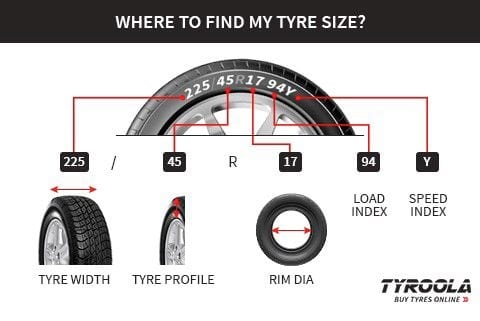 Plastic chains with links of bright signal colors are used for zoning public spaces, parking lots, sports grounds.
Plastic chains with links of bright signal colors are used for zoning public spaces, parking lots, sports grounds.
Pitch is the measurement of the internal length of each individual link. Manufacturers may use the letter "P" or t to indicate the pitch, for example P = 24 mm or t = 24.
Caliber is the nominal diameter (d) of the section of the round steel from which the links are made. Often, gauge refers to the size of the chain, such as 8 mm, 10 mm, 12 mm, etc. More often, however, the size designation includes caliber and pitch separated by a multiplication sign. For example: 6x19mm, 8x24 mm, 14x50 mm.
Depending on the pitch to gauge ratio, the chains are divided into:
When choosing a chain for certain applications, consumers often ask themselves: - "What is the difference between a short link and a long link chain, other than the obvious size of the links?"
The short link design (P/d < 3. 5) makes the chain easier to handle, less prone to tangling when stored in a storage container, but not as agile as a long link chain. Its main advantage is in terms of strength: with the same caliber, a chain with a short link can withstand greater loads than with a long link. It is more difficult to damage when tightening at sharp corners. Short links are tighter on the gripping hooks, so there is less risk of them slipping off.
5) makes the chain easier to handle, less prone to tangling when stored in a storage container, but not as agile as a long link chain. Its main advantage is in terms of strength: with the same caliber, a chain with a short link can withstand greater loads than with a long link. It is more difficult to damage when tightening at sharp corners. Short links are tighter on the gripping hooks, so there is less risk of them slipping off.
The long link construction (P/d ≥ 3.5) has a large degree of freedom in all directions and is better suited for fastening, extension, shortening. It is easy to make a loop out of it by threading a link into a link. But its main advantage over the short link is in less weight and price, since there are fewer rings per meter.
Output: The type of chain must be selected depending on the tasks assigned to it. If mobility and weight are less important criteria than strength, then you should opt for a short link. In hoisting mechanisms with blocks and drums, only short-link chains are used for operation in order to prevent the occurrence of a large bending moment.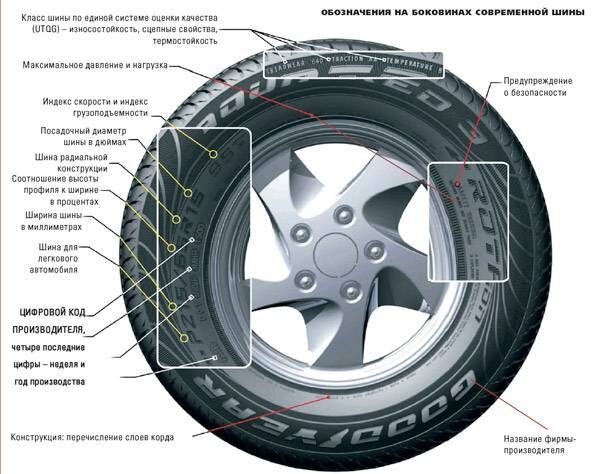
Important: When purchasing, make sure that the internal dimensions of the link are sufficient to pass a hook or other connecting elements (shackles, rings, carabiners, eyelets, etc.) through it.
Round link chains are divided into:
The calibrated chain is made of round calibrated steel and has a high accuracy of execution within the specified strict tolerance for pitch, section diameter, link width, external and internal length. The maximum deviation from the regulated dimensions is ± 3%. Calibrated chains after heat treatment are necessarily subjected to tension by a calibration load in order to obtain the specified maximum deviations of the pitch and length of the segment.
Uncalibrated chains have a rated tolerance of ±10%, therefore they are designed to work on smooth drums or in static fastening systems.
A calibrated chain is used as a flexible lifting and traction body for chain conveyors, elevators, winches, hoists and other mechanisms with gear drums or chain sprockets. It works as part of bucket conveyors, lifting equipment, traction and lifting mechanisms with manual and mechanical drives. Sprockets or drums are usually designed and manufactured to ensure compatibility with a given chain size and gauge for optimum engagement.
Note: Both types of chains can be used as load chains.
It's not enough to get the gauge and pitch right, it's important that the chain is calibrated to tight tolerances or it will "bounce" under load. When the link pitch has deviations from tolerances of more than 3%, this is difficult to determine visually, but is easily confirmed in practical tests. A slippage or sticking problem usually occurs after the chain has gone through a few turns under load.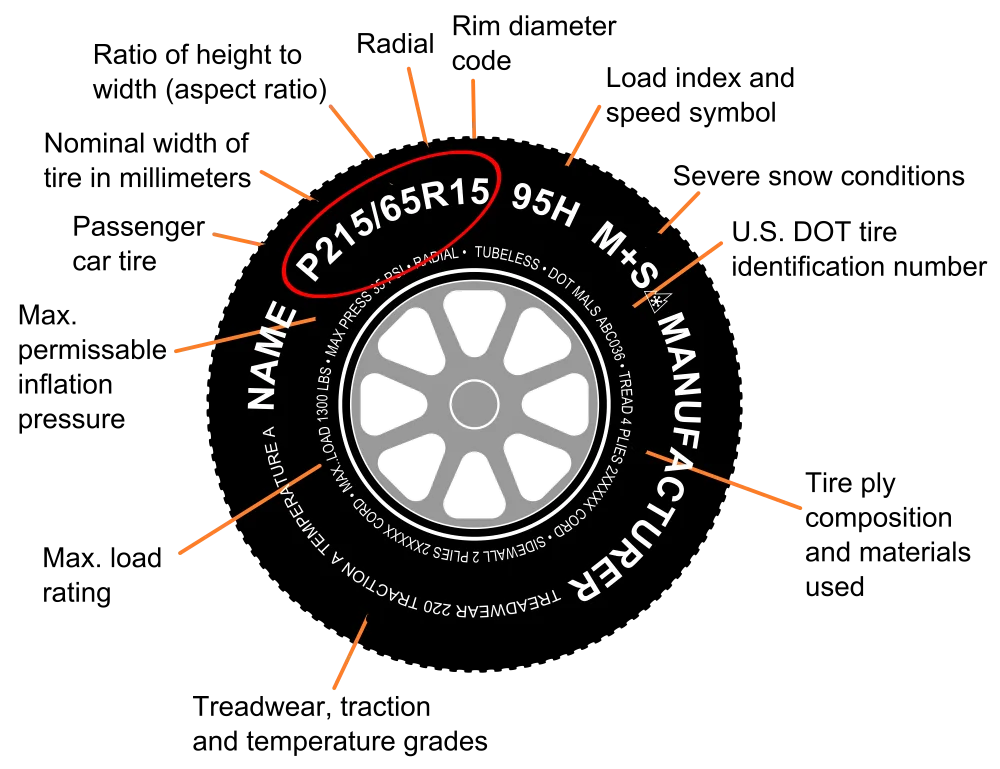
If you are looking for a calibrated winch chain and are unsure of the quality of the sizing, there is an easy way to check that it matches the tolerance limits for your winch drum.
To do this, you need to buy a meter length of the chain branch and measure the length of 11 links. Why exactly 11 links? – because it is a generally accepted standard length. Use a ruler to measure the distance from the inside of the first link to the inside of the last link. When doing this, make sure the chain is taut to ensure an accurate measurement.
Important! The maximum pitch deviation for a calibrated chain must not exceed ±3% of the specified value!
Table 1. Normal measurement results for a calibrated short link chain DIN 766
| Caliber, mm | Pitch, mm | Length 11 links, mm |
| 6 | 18. 5 5 | 203.5 |
| 7 | 22 | 242 |
| 8 | 24 | 264 |
| 10 | 28 | 308 |
| 12 | 36 | 396 |
| 13 | 36 | 396 |
Tip: For European-made anchor winches, choose calibrated DIN 766 short link chains as they will fit perfectly with the drums mounted on them.
In the characteristics of the product, manufacturers indicate three types of load. The maximum working loads are based on proof tests and should never exceed the rated working loads suggested by the chain manufacturer, individual specifications or testing agency for the chain size and grade in question.
Working load (carrying capacity) - the maximum load that the product can be subjected to during operation.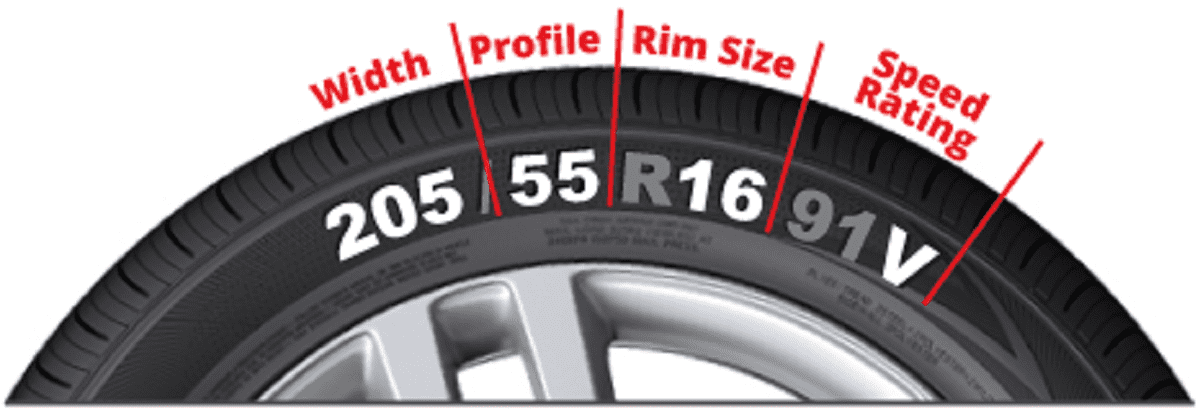 It is the breaking load divided by the safety factor. This coefficient varies from 3 to 8 depending on the purpose of the chain and the manufacturer. Usually it is 4, in which case the working load is a quarter of the breaking load.
It is the breaking load divided by the safety factor. This coefficient varies from 3 to 8 depending on the purpose of the chain and the manufacturer. Usually it is 4, in which case the working load is a quarter of the breaking load.
The proof load is the reference tensile test load that was loaded on the specimen at the factory during the test procedure. Typically, it is twice the ultimate working load, which is half the breaking load. This is a very important test, proving that each link has been welded well.
Breaking load is the ultimate tensile strength of 4 times the working load limit. Standards require a specific level of breaking load for each chain size, gauge and grade. For some manufacturers, it may exceed the minimum standard, which is reflected in the test certificate.
When choosing a welded round link chain for the lifting mechanism, a simple calculation is performed for a given load and safety factor.
For example: For a manual hoist, the size of the calibrated chain must be selected. Assumed maximum working load: S = 12 kN (1200 kgf).
In accordance with the standards of Gostekhnadzor, we accept a margin of safety equal to 4.5: 1.
We calculate the breaking load according to the formula P \u003d 4.5 x 12 kN \u003d 54 kN (5400 kgf) .
According to table 2 (source: GOST 2319-81), we select a short-link calibrated chain of size 13x36 mm, for which the tensile strength is 66 kN (6600 kgf).
Table 2. Dimensions and loads for load and haul chains, type A, version 1
| Caliber, d mm | Pitch, p mm | Width b mm | Previous deviation section length l=11p | Load, kN | ||||
| nominal | prev.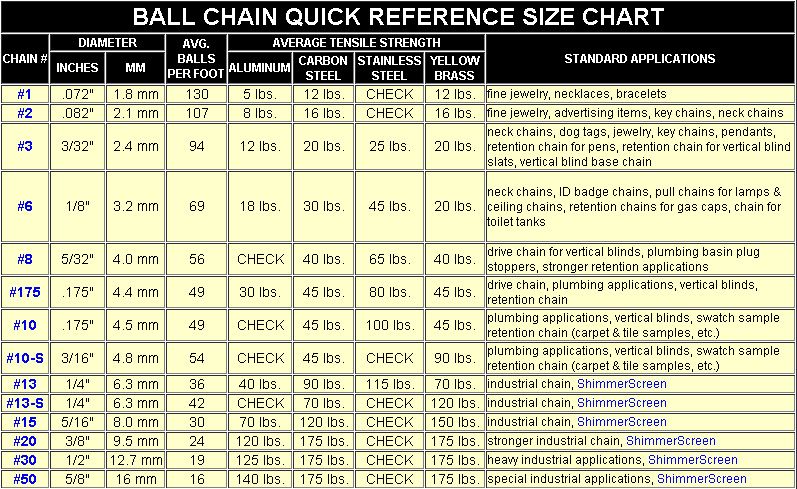 deviation deviation | nominal | prev.deviation | nominal | prev.deviation | trial | destructive | |
| 5 | ±0.4 | 18.5 | ±0.5 | 17 | ±0.5 | +1.5 -0.5 | 5.0 | 10.0 |
| 6 | 18.5 (19) | 20 (21) | ±0.6 | 7.0 | 14.0 | |||
| 7 | 22 | 23 | ±0.7 | 9.0 | 18.0 | |||
| 8 | 23 (24) | ±0.6 | 26 (27) | ±0.8 | 13.0 | 26.0 | ||
| 9 | ±0.5 | 27 | 32 | ±0.9 | +2.5 -0.8 | 16.0 | 32.0 | |
9. 5 5 | 27 | 31 | ±1.0 | 17.0 | 34.0 | |||
| 10 | 28 | 34 | ±1.1 | 20.0 | 40.0 | |||
| eleven | 31 | ±1.0 | 36 | ±1.3 | 23.0 | 46.0 | ||
| 13 | 36 | 44 (43) | ±1.6 | +3.8 -1.3 | 33.0 | 66.0 | ||
| 16 | ±0.8 | 45 (44 | 53 (54) | ±1.8 | 51.0 | 102.0 | ||
| 18 | 50 | 60 | ±2.0 | 63.0 | 126.0 | |||
| 20 | 56 | ±1.5 | 67 | ±2.3 | +5.5 -1.8 | 80.0 | 160.0 | |
| 23 | ±1. 0 0 | 64 | 77 | ±2.6 | 100.0 | 200.0 | ||
| 26 | 73 | ±2.0 | 87 | - | - | 126.0 | 252.0 | |
| 28 | 78 | - | 94 | - | - | 150.0 | 300.0 | |
| thirty | 84 | - | 101 | - | - | 170.0 | 340.0 | |
| 33 | ±1.5 | 92 | - | 112 | - | - | 200.0 | 400.0 |
| 36 | 101 | - | 122 | - | - | 250.0 | 500.0 | |
| 39 | 109 | - | 132 | - | - | 280.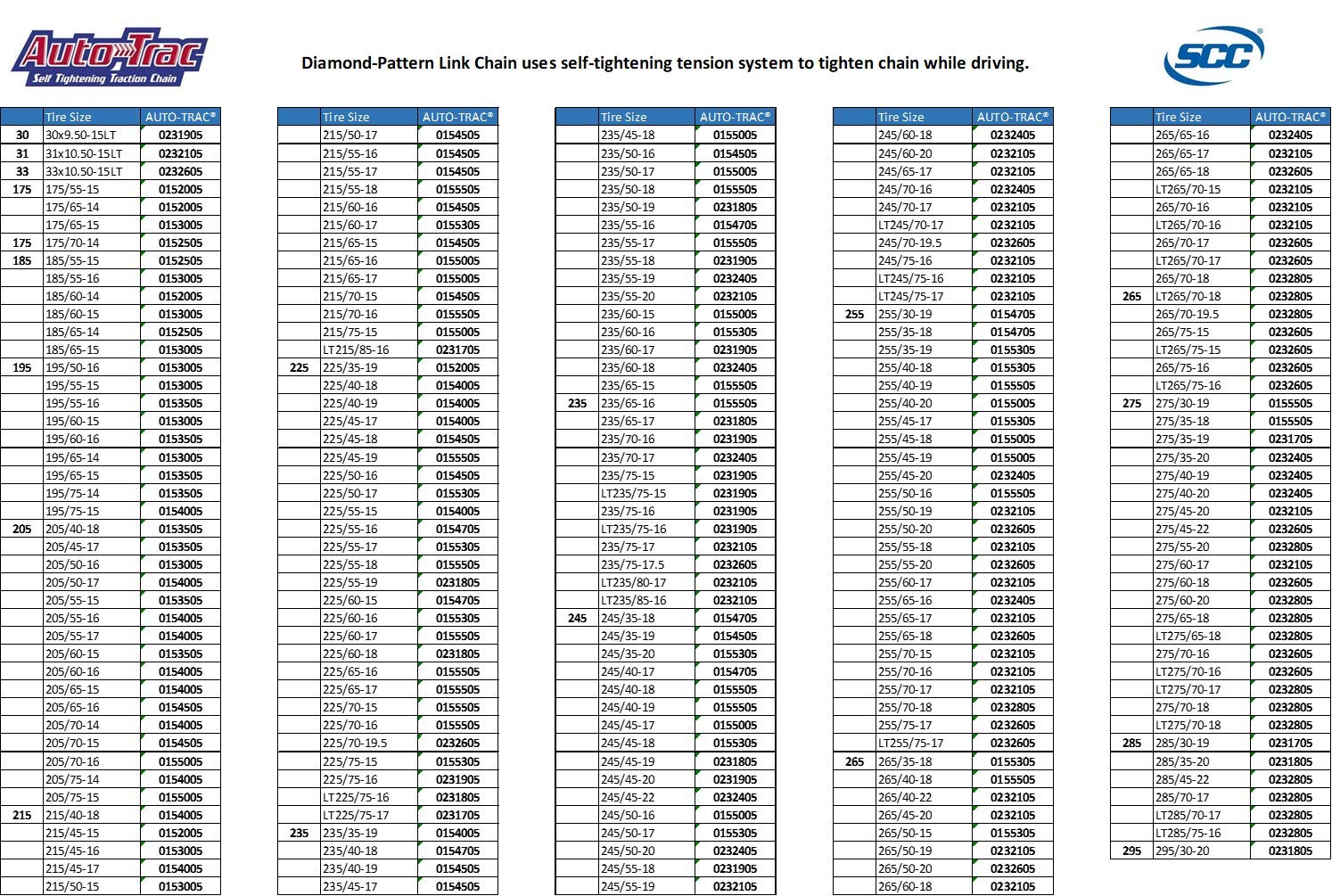 0 0 | 560.0 | |
| 42 | 118 | - | 142 | - | - | 340.0 | 680.0 | |
Quality class is a characteristic that allows you to evaluate the strength of the chain. It depends on the mechanical characteristics of the finished product, and not on the ultimate strength of the alloy used for its manufacture. The quality class is usually indicated by numbers from 2 to 12. Some standards, for example, GOST 29996-97, establish the letter designation of the class - B, C, D.
Chains of normal strength (cargo, traction and general purpose), depending on the mechanical properties, have the appropriate quality class - 2; 2.5; 3; 3.5; 5; 7, and high-strength (lifting) class 8, 10, 12 (T8, T10, T12).
Table 3. Strength values for chains of various quality grades
| Quality class | 2 | 2. 5 5 | 3.5 | 5 | B | 7 | 8(C) | 10(D) |
| Test load stress, N/mm | 75-120 | 120 | 240 | 315 | 500 | 600 | 640 | 800 |
| Tension under breaking load, N/mm | 150-240 | 240 | 360 | 500 | 630 | 750 | 800 | 1000 |
With the same nominal diameter of the links, the load capacity of the chain of the 8th quality class is 50% higher than the load capacity of the chains of the 5th quality class, and the load capacity of class 10 chains is 25% higher than that of products of quality class 8. Accordingly, the load capacity of class 12 is 25% higher than class 10.
The use of high-strength chains in lifting and rigging operations allows you to reduce the weight of chain slings.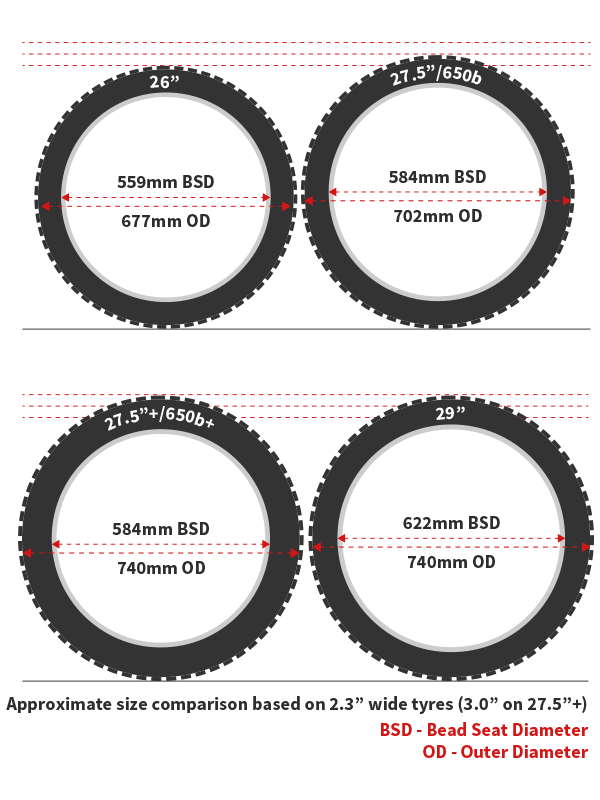 With equal load capacity, the weight of the chain of the 8th quality class is 30% of the weight of the 3rd class. The higher the quality class, the higher the surface hardness of the bows and the higher the wear resistance and susceptibility to damage from sharp edges.
With equal load capacity, the weight of the chain of the 8th quality class is 30% of the weight of the 3rd class. The higher the quality class, the higher the surface hardness of the bows and the higher the wear resistance and susceptibility to damage from sharp edges.
Their carrying capacity remains stable when operating in the temperature range from -40 to +200ºС. With an increase in temperature to +300ºС, the workload drops by 10%, and when it rises to +400ºС, it decreases by 25%. If the threshold of +400ºС is exceeded, operation is prohibited.
To ensure the stability of the car when driving on ice, loose soils and snowy winter roads, snow chains are used. These are ready-made chain products that are put on the wheels of cars and make it easy to overcome even the most impassable areas. For their manufacture, high-strength hardened galvanized steel is used, which guarantees special resistance to abrasion, reliability and durability.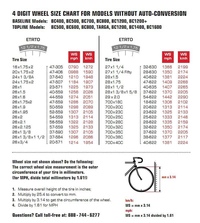
The range of snow chains covers almost all possible wheel sizes. The special pattern of the ladder, diamond or honeycomb chain tread provides optimal grip and comfortable movement.
On finished chain protectors, manufacturers indicate the size of the tires and the type of vehicle for which they are intended. For those who plan to make wheel chains with their own hands, we recommend using the following gauge and link pitch:
Chain consumption depends on the wheel diameter, tread width and profile height of the tire, as well as on the selected pattern. For example, to “shod” two wheels of a passenger car in lugs with a “ladder” pattern, approximately 15 meters will be required.
One of the most reliable ways to protect an unattended motorcycle or bicycle from theft is a bike chain lock. It's easy to do it yourself. To do this, you will need a piece of chain and a padlock (with a key or combination). You should not look for an old chain in the garage or purchase it at a hardware store. For an anti-theft chain-lock, you need not an economic, but a high-strength solid hardened chain.
It's easy to do it yourself. To do this, you will need a piece of chain and a padlock (with a key or combination). You should not look for an old chain in the garage or purchase it at a hardware store. For an anti-theft chain-lock, you need not an economic, but a high-strength solid hardened chain.
The anti-theft chain is made of thermally hardened steel and has an increased strength class T-8. It is difficult to cut it and it is almost impossible to bite even with a powerful bolt cutter. And not every thief carries hydraulic scissors or a grinder in his pocket. The chain links are firmly welded, so they cannot be unbent with wrenches. Even experienced hijackers will have to tinker with such a chain, and this will give you time or the attacker will look for another, less secure candidate for hijacking.
Leaving a two-wheeled "horse" in a temporary parking lot, it must be fastened to something immovable and indestructible (pole, tree, fence), and the chain must wrap around not only the wheel, but also the frame.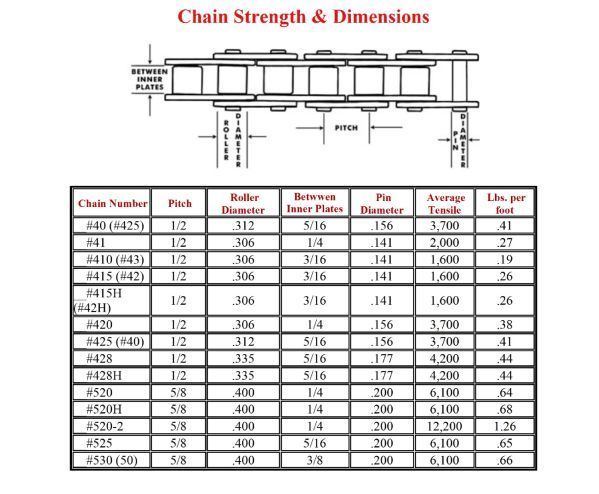 Otherwise, a surprise will await you in the form of a lone chained wheel. Depending on what you will fasten your bike or motorcycle to, the length of the chain can vary from 60 to 120 cm. As for the diameter of the chain bar, it can be 8 mm, 10 mm or 13 mm. As practice shows, the larger the caliber of the link, the less chance the hijacker has.
Otherwise, a surprise will await you in the form of a lone chained wheel. Depending on what you will fasten your bike or motorcycle to, the length of the chain can vary from 60 to 120 cm. As for the diameter of the chain bar, it can be 8 mm, 10 mm or 13 mm. As practice shows, the larger the caliber of the link, the less chance the hijacker has.
If the chain is not in doubt about the reliability, then the weak link in this anti-theft device may be the lock. Time is important for a thief, so he is unlikely to start poking around in the castle when you can just bite his shackle. Therefore, the locking shackle of the lock must be no less strong than the chain links.
The assortment of the Krepkom store always has hardened chains of any caliber and chain locks with a high degree of protection against opening, breaking, sawing and corrosion. Instead of a bow-shaped bracket, the locks have a thick locking pin made of extra strong hardened steel. It is difficult to get close to it with wire cutters, a mount or a hacksaw, which makes it difficult to break in by force.